Introduction
Chang Jiang, known in the West as the Yangtze River, is the pulsing artery of China’s heartland. Stretching an impressive 6,300 kilometers, it’s Asia’s longest river and the third-longest globally, surpassed only by the Nile and the Amazon.
More than a mere waterway, Chang Jiang is:
- A cultural icon, steeped in millennia of history
- An economic powerhouse, driving China’s growth
- An ecological treasure, home to unique biodiversity
From ancient times to the present day, it has shaped China’s history, nurtured its civilization, and continues to play a pivotal role in the nation’s development.
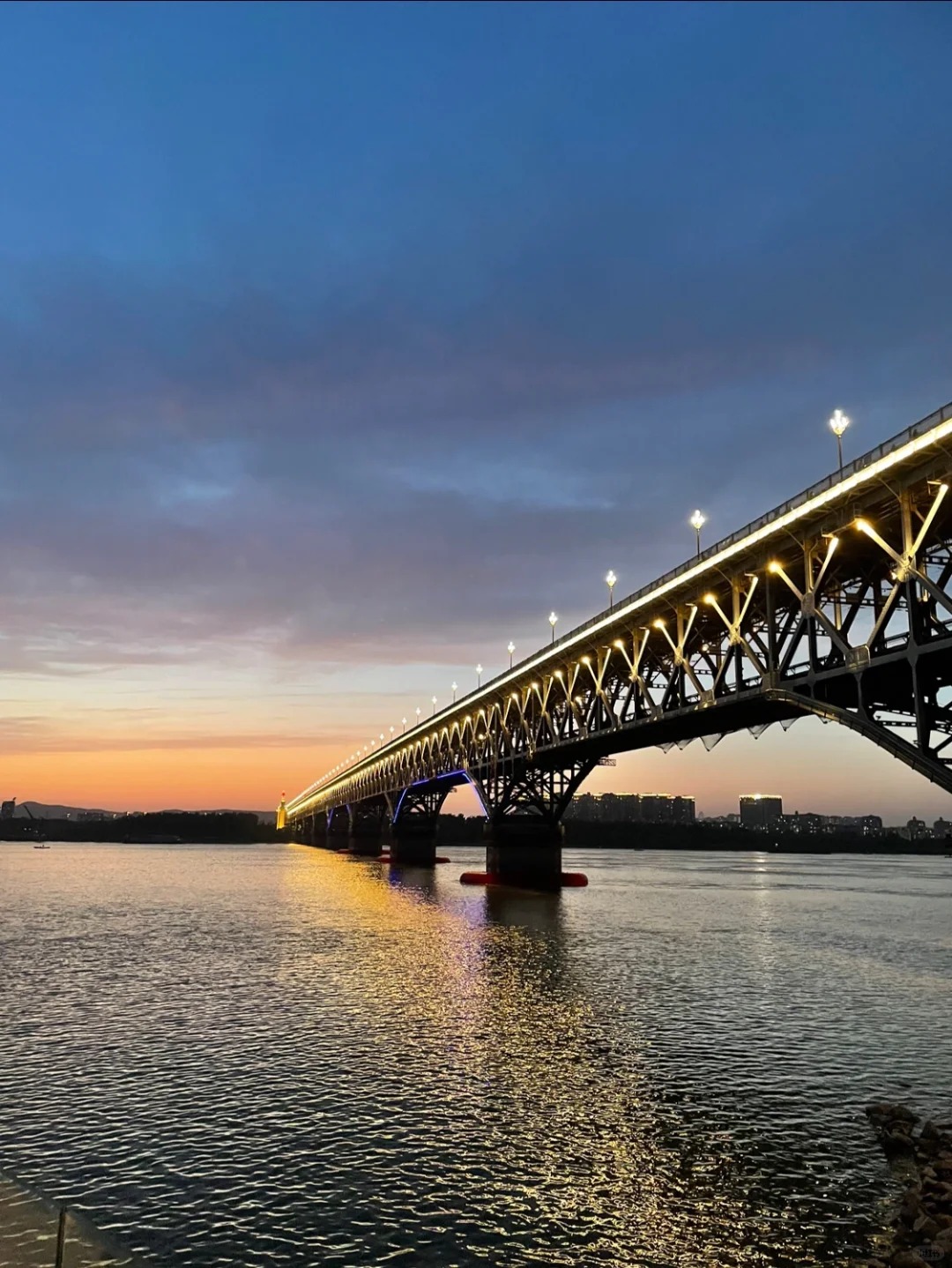
Geography and Course
Chang Jiang’s epic journey begins in the icy embrace of the Tibetan Plateau, where it springs to life from the Dangla Mountains. From these lofty heights, it embarks on a monumental eastward trek across the diverse landscapes of China.
Along its path, it:
- Carves through the dramatic Three Gorges, a stretch of stunning canyons
- Meanders across the fertile plains of central China
- Fans out into a vast delta near Shanghai before merging with the East China Sea
The river flows through or borders ten provinces and municipalities, encompassing a stunning variety of terrains:
| Region | Province/City | Description |
|---|---|---|
| Upper Reaches | Qinghai | Home to the river’s source |
| Tibet | Where it gains strength in remote, mountainous regions | |
| Middle Reaches | Sichuan | Known for its spicy cuisine and pandas |
| Chongqing | The “Mountain City” built on hills | |
| Lower Reaches | Hubei | Site of the Three Gorges Dam |
| Hunan | Birthplace of Mao Zedong | |
| Jiangxi | Famous for its porcelain production | |
| Anhui | Known for Huangshan (Yellow Mountain) | |
| Jiangsu | Home to many historical gardens | |
| Shanghai | China’s largest city and financial hub |
This geographical sweep makes Chang Jiang a microcosm of China’s diverse landscapes and cultures.
Historical and Cultural Significance
For millennia, Chang Jiang has been the cradle of Chinese civilization. Its banks have witnessed:
- The rise and fall of numerous dynasties, from the ancient Ba and Shu cultures to the Ming and Qing
- The birth of philosophical traditions, including aspects of Taoism and Confucianism
- The ebb and flow of commerce, serving as a vital trade route for centuries
In Chinese culture, the river is more than a geographical feature; it’s a spiritual entity. It has inspired:
- Countless poems, like Li Bai’s “Thoughts on a Still Night”
- Paintings depicting misty landscapes and river scenes
- Legends, such as the tale of the river god who takes the form of a fish
Did you know? The famous verse “Prelude to Water Melody” by Su Shi, written in 1076 AD, captures the river’s timeless allure and has been memorized by generations of Chinese schoolchildren.
The river also plays a central role in feng shui, symbolizing the flow of life and prosperity. Today, Chang Jiang remains a powerful symbol of Chinese identity and resilience, its waters carrying the weight of history and the promise of the future.
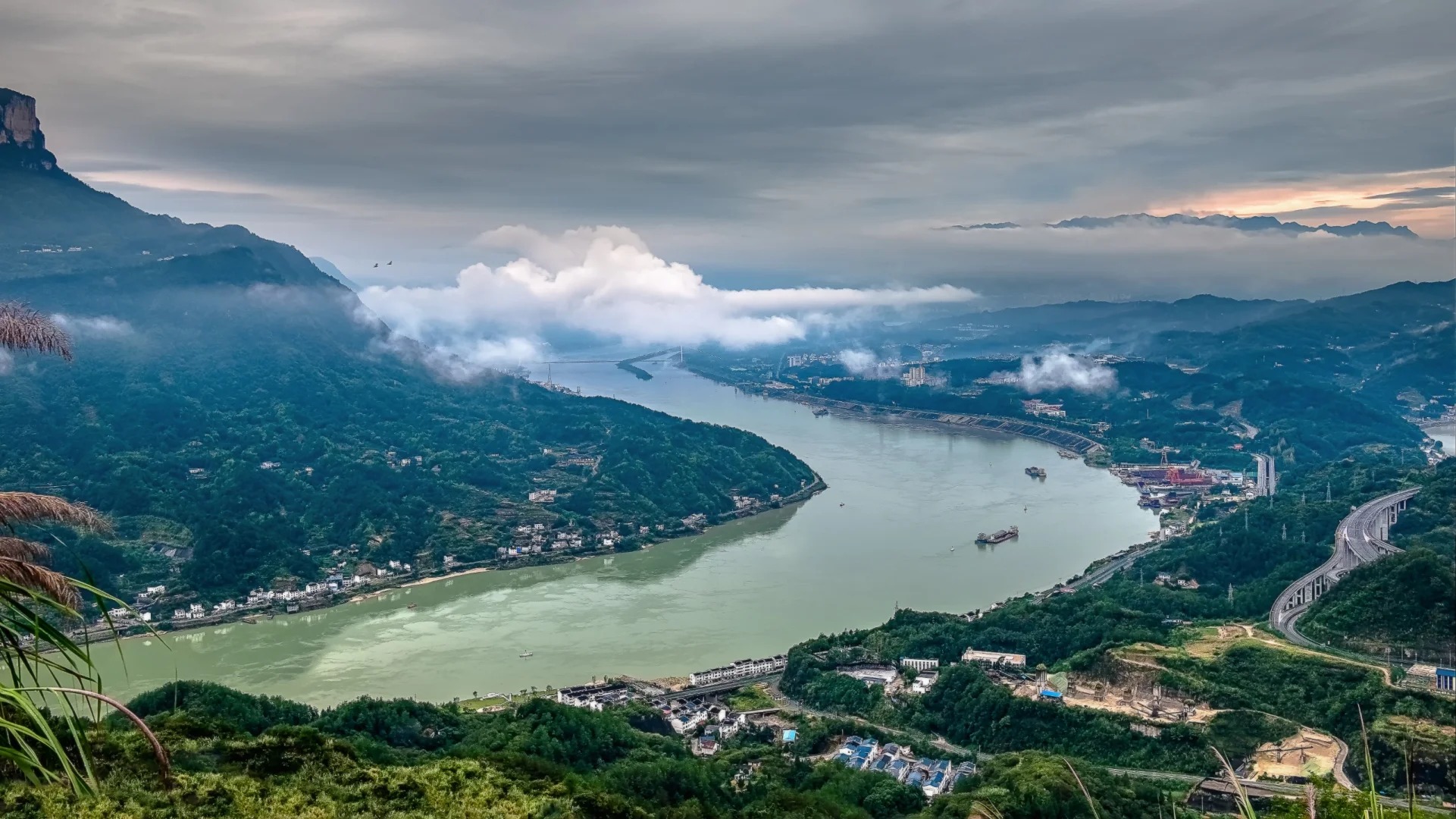
Ecological Importance and Challenges
Chang Jiang is a biodiversity hotspot, home to an impressive array of flora and fauna:
- Over 400 fish species, including the ancient Chinese sturgeon
- Unique creatures like the finless porpoise, often called the “giant panda of the water”
- Crucial wetlands that provide habitats for migratory birds
However, this rich ecosystem faces severe threats:
- Industrial pollution: Factories along the river often discharge untreated waste
- Agricultural runoff: Fertilizers and pesticides from farms contaminate the water
- Dam construction: The Three Gorges Dam and others have disrupted natural flow patterns
- Climate change: Altering rainfall patterns and water levels
Conservation efforts are underway, including:
- Creation of nature reserves
- Stricter environmental regulations
- Projects to restore wetlands and fish habitats
Balancing ecological preservation with economic development remains a complex challenge, requiring innovative solutions and sustained commitment.
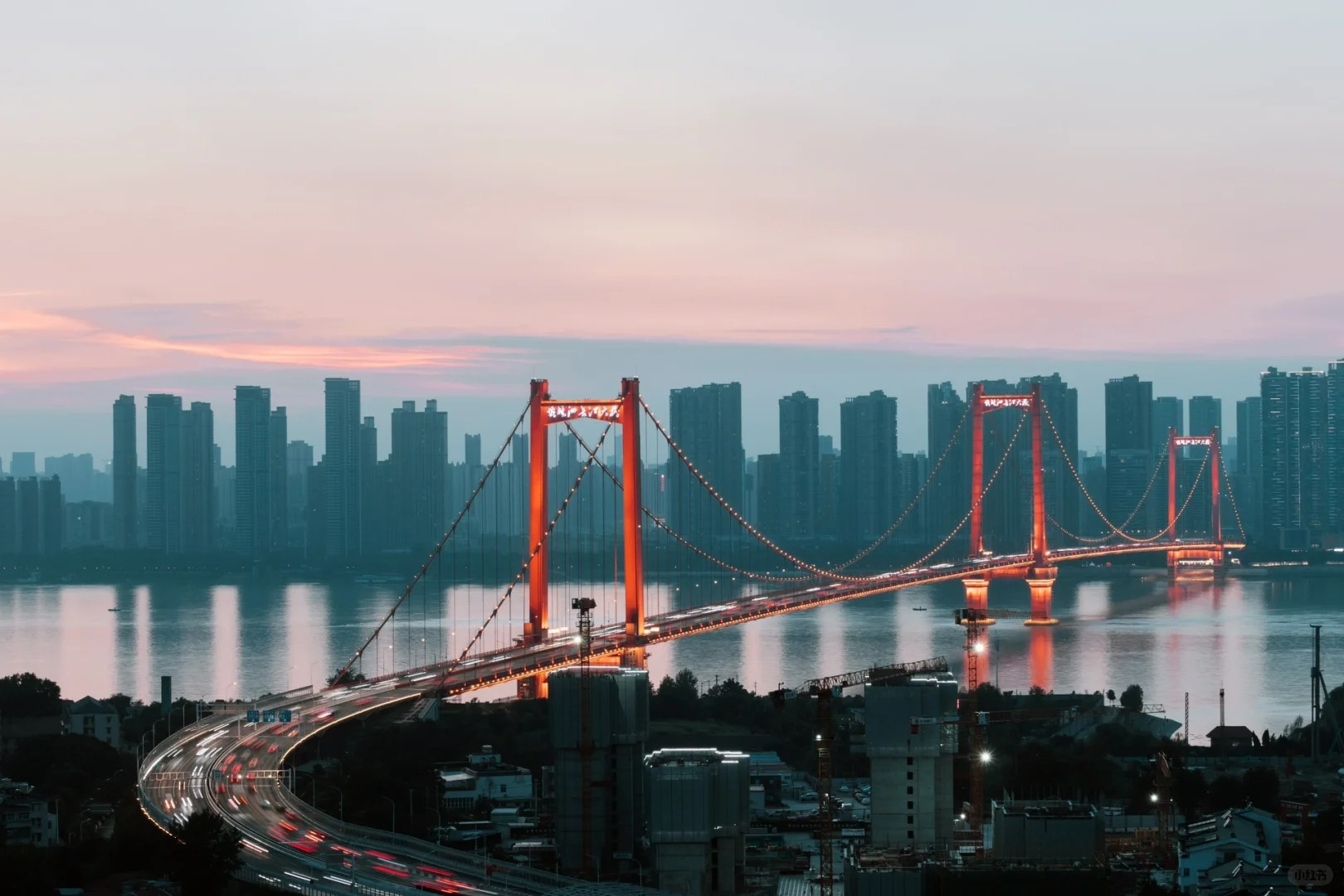
Economic Impact
Chang Jiang’s economic significance to China cannot be overstated:
- Its basin, often called the “Rice Bowl of China,” produces nearly half of the country’s crops and a third of its cotton
- Major industries cluster along its banks, from steel mills to high-tech parks
- It serves as a vital transportation artery, with cargo ships plying its waters from Chongqing to Shanghai
The Three Gorges Dam, despite controversies, has had significant economic impacts:
- Generates vast amounts of hydroelectric power
- Improved flood control, protecting millions of people
- Enhanced navigation, allowing larger ships to travel further upriver
Fun fact: The Yangtze River Economic Belt, a development initiative covering nine provinces and two municipalities, accounts for over 40% of China’s population and GDP.
This economic corridor is crucial to China’s Belt and Road Initiative, connecting inland regions to coastal areas and facilitating international trade.
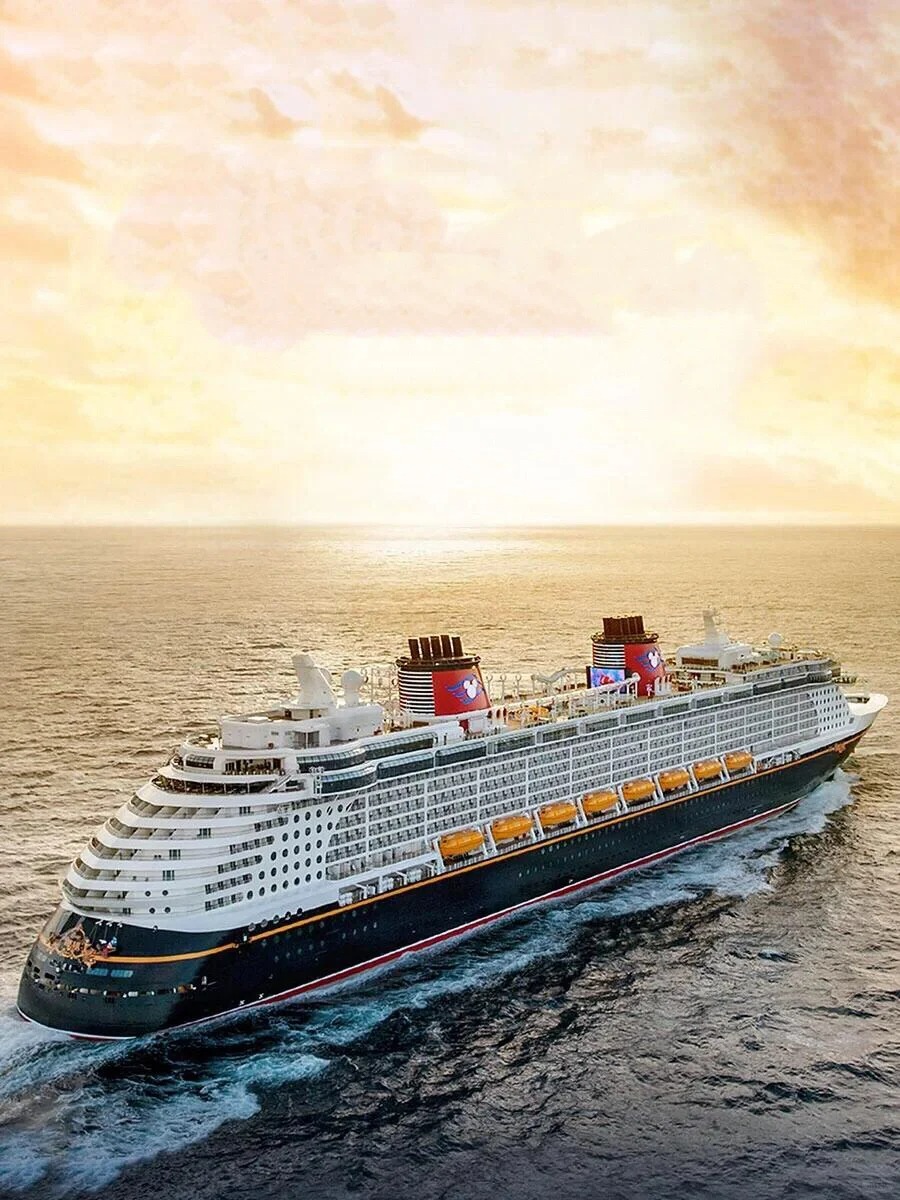
Major Cities and Development
Chang Jiang has fostered the growth of some of China’s most dynamic urban centers:
| City | Description |
|---|---|
| Chongqing |
|
| Wuhan |
|
| Nanjing |
|
| Shanghai |
|
These cities continue to evolve, with ambitious plans for:
- Eco-friendly development to combat pollution
- Smart city initiatives leveraging technology for urban management
- Preservation of historical areas alongside modern growth
The river has provided these urban areas with water resources, transportation links, and fertile land, fostering their development for centuries.
Tourism and Recreation
Chang Jiang offers a wealth of attractions for both domestic and international tourists:
- River cruises through the Three Gorges, offering stunning views of towering cliffs and ancient cultural sites
- The ghost city of Fengdu, known for its eerie statues and temples
- The Three Gorges Dam, a marvel of modern engineering
- Scenic Shennong Stream, perfect for smaller boat excursions
In the upper reaches:
- Trekking opportunities in Yunnan and Tibet
- Wildlife watching, including chances to spot rare species
Cities along the river boast numerous attractions:
- Historical sites like Nanjing’s city walls
- Museums showcasing regional art and history
- Cultural experiences, from tea ceremonies to traditional performances
From the bustling markets of Chongqing to Shanghai’s colonial-era Bund, Chang Jiang provides a journey through China’s past and present, offering something for every type of traveler.
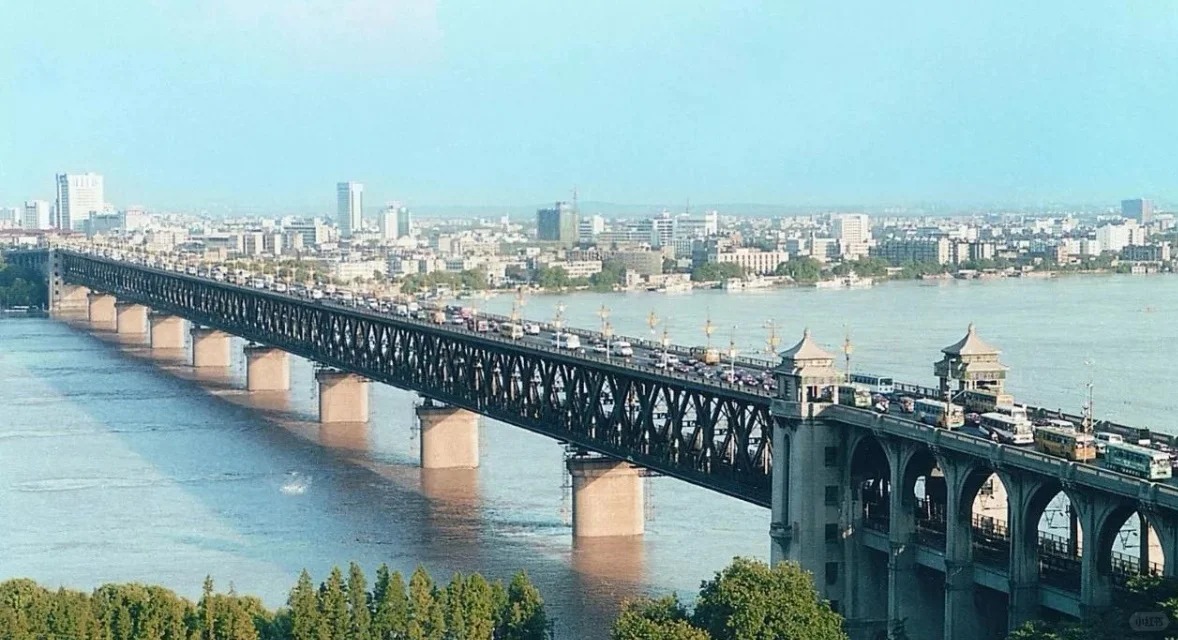
Conclusion
Chang Jiang is more than a river; it’s the lifeblood of China. Its waters have nourished civilizations, powered economies, and inspired generations. As China faces the challenges of the 21st century, the fate of Chang Jiang will be central to the nation’s sustainable development and ecological preservation.
The future of the river will reflect China’s ability to:
- Balance economic progress with environmental conservation
- Preserve cultural heritage while embracing modernization
- Manage water resources in the face of climate change
As it has for millennia, Chang Jiang will continue to flow, carrying with it the hopes and aspirations of the Chinese people, and serving as a symbol of the nation’s enduring spirit and adaptability.





